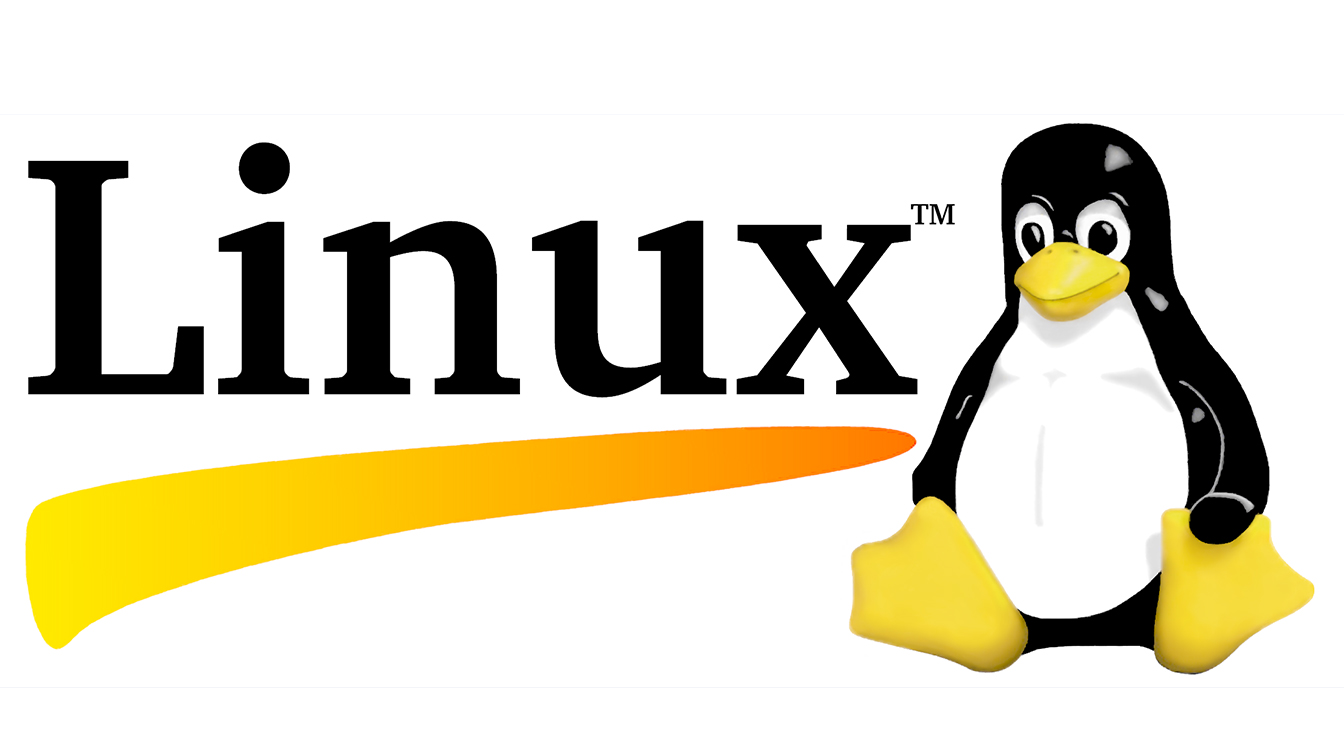Are you tired of the same old operating systems and looking for a new adventure in the world of computing? Linux might be the answer you’re searching for. With its open-source nature, robust security features, and endless customization options, Linux is an excellent choice for tech enthusiasts and those looking to break free from the limitations of proprietary systems. In this beginner’s guide to Linux, we will walk you through the fundamentals and help you embark on your journey into the world of the penguin power.
What is Linux?
Linux is an open-source operating system that was first created by Linus Torvalds in 1991. Unlike proprietary operating systems like Windows and macOS. It is free to use and open to anyone to modify and distribute. This is also known as the “kernel,” is the core part of the operating system that interacts with hardware, manages system resources, and provides a platform for running applications.

Linux distributions, often referred to as “distros,” are various versions of Linux that bundle the Linux kernel with a selection of software and a desktop environment to create a complete operating system. Popular Linux Alternatives include Ubuntu, Fedora, Debian, and CentOS, each catering to different needs and preferences.
Preparing for Linux
It has essential to make some preparations:
- System Requirements: Linux can run on a wide range of hardware, from old computers to modern systems.
- Back Up Your Data: Regardless of your level of expertise, it’s crucial to back up your data before making any major changes to your system. This will help you avoid data loss during the installation process.
- Choose the Right Distribution: As a beginner, it’s advisable to start with a user-friendly distribution like Ubuntu. It’s well-documented and has a supportive community.
- Virtual Machine (Optional): If you’re not ready to commit to a full installation, you can experiment with Linux in a virtual machine. VirtualBox and VMware are popular virtualization tools that allow you to run Linux on your existing operating system.
Installing Linux
Once you’ve made the necessary preparations, it’s time to install Linux:
- Creating a Bootable USB Drive: You’ll need to create a bootable USB drive containing the Linux distribution of your choice. Many distributions provide official tools to create a bootable USB drive from their installation ISO files.
- Installation Process: Boot your computer from the USB drive, and follow the installation instructions. You can choose to install Linux alongside your existing operating system.
- Partitioning and Formatting: During installation, you’ll need to partition your hard drive and format the partitions. It uses different file systems like ext4, so make sure to choose the appropriate options.
- Configuring System Settings: Set your time zone, keyboard layout, and create a user account with a strong password. These settings will be crucial for your day-to-day use.
The Linux Desktop Environment
Once you have Linux installed, you’ll be greeted with a desktop environment. The desktop environment is the graphical user interface that allows you to interact with your system. Popular desktop environments include GNOME, KDE, and Xfce. You can customize your desktop environment by changing wallpapers, themes, and adding widgets or applets to your desktop.
Basic Linux Commands
One of the unique features is its powerful command-line interface. While it may seem daunting at first, learning basic commands is incredibly valuable. Here are a few essential commands:
- ls: List files and directories.
- cd: Change the current directory.
- mkdir: Create a new directory.
- rm: Remove files or directories.
- sudo: Execute a command as a superuser, which grants administrative privileges.
- apt (or yum): Package managers used for installing, updating, and removing software.
Learning these commands will allow you to navigate your system and perform various tasks more efficiently.
File System Hierarchy
Understanding the file system hierarchy is crucial for efficient system management. Key directories include:
- /bin: Essential system binaries.
- /etc: Configuration files.
- /home: User home directories.
- /var: Variable data like log files and mail.
- /usr: User binaries and libraries.
- /lib: System libraries.
Getting Online and Staying Secure
It also provides various tools for connecting to the internet and maintaining security. Here’s what you need to know:
- Network Setup: Configure your network connection, whether wired or wireless.
- Browsing and Email: Use web browsers like Firefox or email clients like Thunderbird for online activities.
- Basic Security: This is known for its security features, but it’s essential to practice good security hygiene. Keep your system and software up to date, use strong passwords, and be cautious about the software you install.
Troubleshooting and Support
No system is perfect, and Linux is no exception. When issues arise, there are resources available to help you:
- Community Forums: Linux has a vibrant community where users help each other with problems and questions.
- Command-Line Troubleshooting: The terminal is a powerful tool for diagnosing and fixing issues.
- Backups: Regular backups of your data are essential to recover from system failures.
Conclusion
Linux offers a world of possibilities, and this beginner’s guide is just the tip of the iceberg. As you gain experience with Linux, you’ll appreciate its flexibility, stability, and the vast array of software available. Whether you’re looking to breathe new life into an old computer or explore the endless possibilities of open-source computing. It has something to offer everyone. Welcome to the world of the penguin power, where you have the freedom to control your computing experience. Embrace Linux, and let your journey begin!